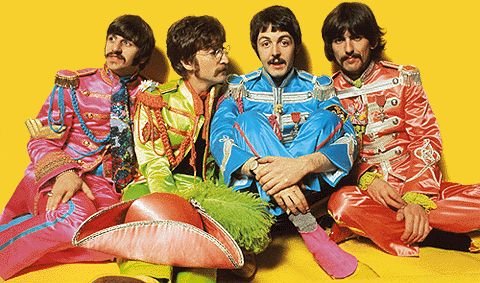Book Review: Prince: Chaos, Disorder, and Revolution by Jason Draper
Jason Draper's Prince: Chaos, Disorder, and Revolution is a stunningly thorough, meticulously researched account of one of rock's most influential and trail blazing, yet ultimately mystifying careers.
In just under 300 pages, Draper skillfully condenses all of the highs and lows of the Prince story into a tightly woven narrative. Draper's straight forward, matter of fact story is told with the eye to detail of a master journalist, but easily digested style of a great storyteller.
 From the dizzying heights of his commercial peak in the eighties — a time when Prince's record sales and concert tours were matched only by Michael Jackson and Bruce Springsteen — to his often bizarre career moves (like changing his name to an unpronounceable symbol), Draper's blow-by-blow retelling of events doesn't miss a thing. Whether you are already a Prince fan, or just looking for insight into the star making (and breaking) machinations of the music business, this is a fascinating read.
From the dizzying heights of his commercial peak in the eighties — a time when Prince's record sales and concert tours were matched only by Michael Jackson and Bruce Springsteen — to his often bizarre career moves (like changing his name to an unpronounceable symbol), Draper's blow-by-blow retelling of events doesn't miss a thing. Whether you are already a Prince fan, or just looking for insight into the star making (and breaking) machinations of the music business, this is a fascinating read.Although Chaos, Disorder, and Revolution lightly touches on Prince's personal life — including both documented and rumored relationships with everyone from Vanity and Susannah Melvoin to Kim Bassinger, Carmen Elektra and Sheena Easton — Draper wisely places most of his focus on the music. As a result, the single biggest revelation of the book is just how much music Prince has actually recorded over the years.
The fact that Prince's artistic output has been quite prolific (to say the least) is of course hardly a secret to anyone who has followed his career. In the years immediately following his 1984 multi-platinum breakthrough Purple Rain, Prince cranked out albums (both by himself and with a stable of artists including The Time, Vanity and later Appolonia 6, Madhouse, the Family and others), at a dizzying rate — often driving the marketing department at Warner Brothers Records to fits in doing so. In more recent years, Prince has proved himself quite capable of dropping multiple album sets on a continuously revolving series of record labels with the same sort of regularity that the rest of us mere mortals change our underwear.
What is less known however, is the staggering amount of Prince material which remains unreleased, and which the artist himself seems perfectly content to allow to languish in a mysterious "vault" somewhere in Minneapolis. Draper places a particular emphasis on these "lost albums" — which may number as many as his official recordings — with acute detail. For hardcore Prince fans, this alone makes Prince: Chaos, Disorder, and Revolution an essential read.
In addition to these lost recordings, Draper also reveals little known insider details about Prince's various business dealings (Glam Slam, Paisley Park Records) and his often volatile relationships with the musicians he has worked with. In one of the more interesting stories here, Draper recounts how a reunion with the Revolution — arguably his most successful band — was scuttled when Prince suggested that band members Wendy and Lisa would have to renounce their lesbian relationship (Prince himself had just become a newly converted Jehovah's Witness at the time).
The picture which ultimately emerges from this book is that of an enigmatic, if not always pragmatic personality whose undeniable talent has perhaps only been held back by his own stubbornness.
On the one hand, Prince remains one of only a handful of artists to have reached his iconic level — Neil Young is another which comes immediately to mind — strictly on his own musical and artistic terms. On the other, this refusal to compromise has also resulted in some of the most colossal marketing blunders ever to come within a whisker of sinking a career. The "love symbol" phase, along with Prince's battles with Warner Brothers, and more recently, releasing far too many records on numerous labels for even the most devoted fan to keep up with would have been certain career-enders for a lesser artist. Prince's rationale for these, and other equally strange career decisions have never been adequately explained, and they aren't here either.
At the same time, Prince's innovations as an artist are beyond question. From pioneering the concept of multi-racial, gender bending bands in the eighties with the Revolution, to being among the earliest rock stars to embrace the possibilities of the internet (even though he is now on record as saying the same internet "is over"), Prince's legacy as a trailblazer is still largely being written.
He may not sell as many records these days. But Jason Draper's Prince: Chaos Disorder And Revolution makes a very convincing case that Prince remains as artistically relevant today as he has ever been. It is also one of the more eye-opening unauthorized rock bios in recent memory.
This article was first published at Blogcritics Magazine.



 You see, I always thought Clarence Clemons was one of those mythical guys who'd live forever.
You see, I always thought Clarence Clemons was one of those mythical guys who'd live forever.











